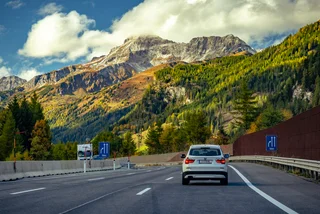When is a bridge not a bridge? When it’s the Krämerbrücke (Grocer’s Bridge). Well, not quite, because the 79-metre long structure is clearly a bridge when seen from the Rathausbrücke (bridge) or Kreuzgasse, both nearby. But you could be forgiven for thinking otherwise when approaching from Benediktplatz or Wenigemarkt. From these entry points you’re tricked into thinking you’re entering just another very picturesque street of typical Erfurt half-timbered houses. In fact, you’re crossing a bridge dating back to the 12th century, although the current structure dates originally from 1472, and was built after a fire that destroyed half of Erfurt. Today, craft shops and cafes line the Krämerbrücke, and you can get an excellent bird’s eye view of the bridge and the historic center from the Ägidienkirche church tower, at the eastern entrance to the Krämerbrücke. Wenigemarkt, next door, is an attractive square with outdoor cafés.


